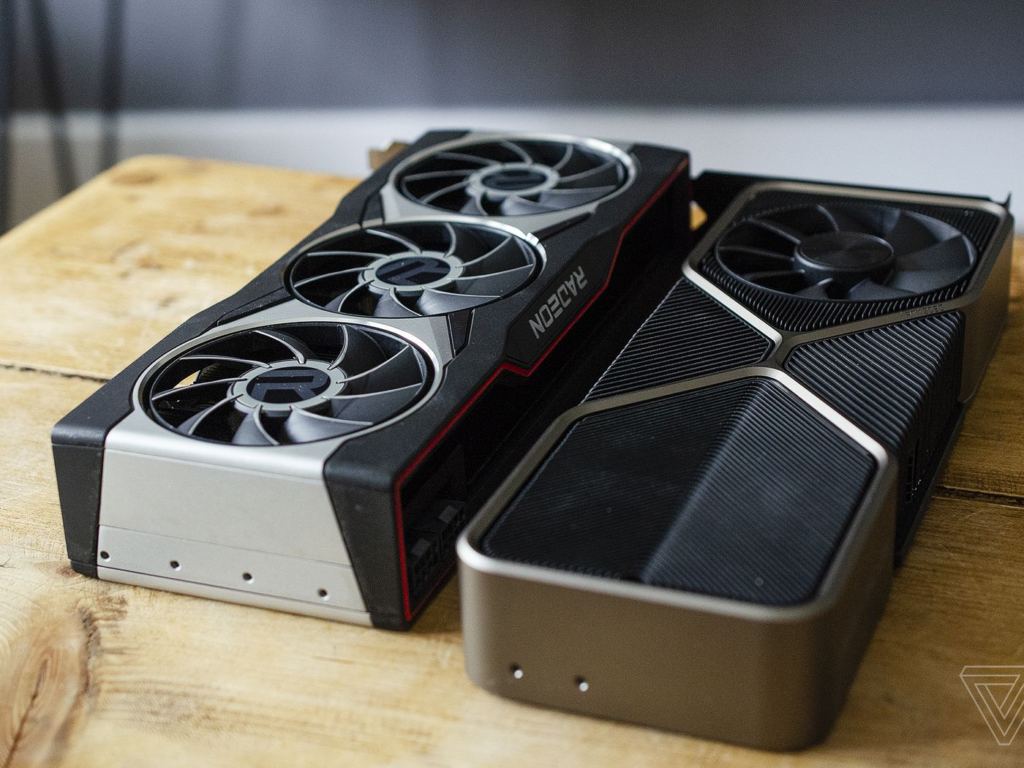AMD is making a major strategic shift, focusing its attention on AI chips instead of the flagship GPUs that have long been popular with gamers. The company has recently laid out its updated business direction, merging its gaming-focused RDNA graphics and data-center-driven CDNA efforts into a single architecture, now dubbed “uDNA.” This new strategy is centered on AI, showing the company’s clear priority shift. According to The Verge, AMD’s computing and graphics lead, Jack Huynh, made this clear in recent interviews.
In a conversation with Tom’s Hardware, Huynh outlined AMD’s current trajectory: rather than chasing top-tier gaming GPUs to compete with Nvidia, AMD’s primary focus is now on gaining market share by appealing to developers and producing affordable, value-driven graphics cards. Huynh stated, “Without scale right now, I can’t get the developers… I have to show them a plan that says, ‘Hey, we can get to 40% market share.’ Then they say, ‘I’m with you now, Jack.’” AMD’s aim, he suggests, is to capture significant market share by producing lower-cost GPUs, only returning to the high-end sector once it’s secured a larger portion of the market.

Gaming Isn’t Forgotten, But AI Comes First
While gaming remains a “strategic pillar” for AMD, according to Huynh, the real push now is for AI dominance. AMD aims to secure its place in the rapidly expanding AI market by building top-tier data center GPUs, positioning itself as a competitor to Nvidia’s universal CUDA platform. With its EPYC CPUs already performing well in the data center, AMD believes it can dominate the AI chip market, potentially replicating Nvidia’s success in this sector.
Huynh was candid about the company’s priorities: “We can’t produce every kind of chip at once,” he admitted. Like Nvidia, which has delayed its next generation of gaming GPUs, AMD recognizes that data center chips, driven by AI demands, offer a more lucrative opportunity.
This shift aligns AMD’s strategy with Nvidia’s, as both companies now accelerate their silicon architecture developments, aiming to release new innovations at a faster pace.
Value-Oriented GPUs Still a Goal for Gamers
Though the focus is shifting, AMD is not abandoning gaming entirely. Huynh emphasized that gaming remains important, especially in the lower-cost GPU segment. With Nvidia facing criticism for its $300–$400 graphics cards, there’s an opening for AMD to win over PC gamers looking for value without compromising on performance.
Many gamers, frustrated by the ever-rising costs of GPUs, may welcome AMD’s renewed emphasis on affordable options. In this new landscape, it is clear that AMD is betting big on AI, but it has not fully turned its back on gaming.
The company’s future now hinges on its ability to balance these two critical sectors, with AI taking center stage for now.






